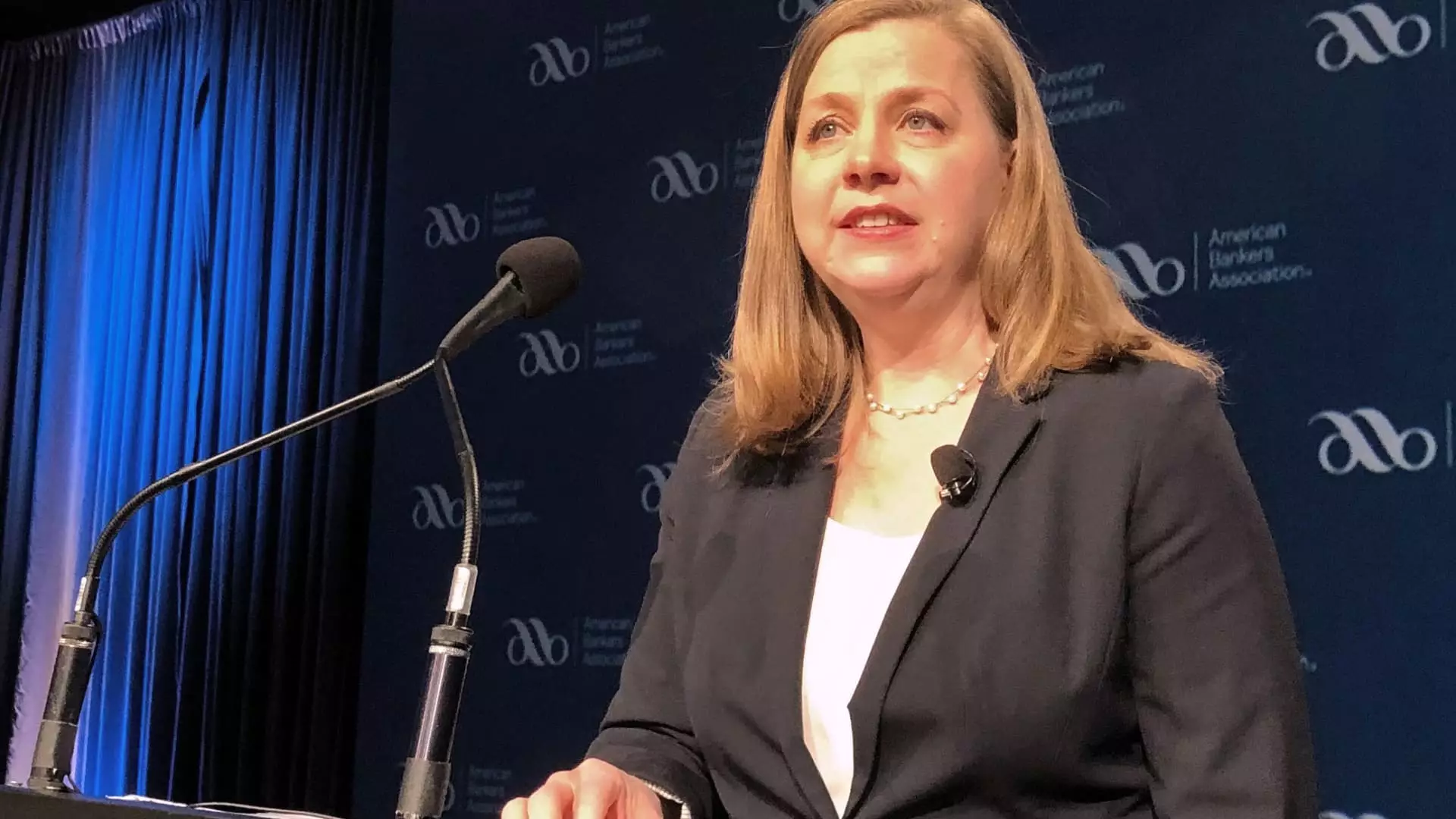In a recent address, Federal Reserve Governor Michelle Bowman provided a nuanced overview of the current standing of the U.S. monetary policy framework. While expressing a sense of stability, she underscored the necessity for a cautious approach towards any changes in interest rates. According to Bowman, although “monetary policy is now in a good place,” firm evidence demonstrating ongoing progress in inflation reduction is essential before any decisions regarding interest rate cuts are made. Her comments highlight a need for patience from policymakers to ensure that inflationary pressures are not merely temporary but show signs of a lasting decrease.
Bowman pointed out that the recent uptick in inflation for core goods pricing since the previous spring has markedly hindered progress. This raises an important question about the structural issues in the economy that contribute to inflated prices. While she optimistically anticipates a deceleration in inflation rates throughout this year, she cautioned that the path to disinflation may be protracted. The implications of such a viewpoint indicate that investors and economic participants should be prepared for potentially prolonged periods of elevated inflation rates if the anticipated normalization does not unfold as expected.
Another crucial point from Bowman’s speech was related to the labor market’s strength, which she believes poses greater risks to price stability. A robust labor market traditionally leads to increased consumer spending, which can further exacerbate inflationary pressures if wage growth outstrips productivity increases. This observation suggests that the Federal Reserve must continue to monitor employment data closely, as it directly influences overall economic health and inflation trajectories.
Bowman referenced the latest consumer price index (CPI) data to illustrate the current challenges. The CPI indicated a month-on-month increase of 0.5% in January, surpassing the market’s expectation of 0.3%. This unexpected rise translated into an annual inflation rate of 3%—above the consensus forecast of 2.9%. These data points serve as critical reminders that inflation metrics can frequently diverge from projections and signal a more complex economic landscape than anticipated.
Despite these headwinds, the Federal Reserve has maintained its target interest rate in the 4.25% to 4.5% range. According to Bowman, this stance is conducive to adopting a more measured approach while scrutinizing evolving inflation data. She expressed confidence that this policy framework allows for a more informed response to economic fluctuations and the effects of governmental policies, particularly in light of ongoing trade tensions initiated by previous administrations.
Bowman’s remarks resonate with a prevailing sentiment within the Federal Reserve: a deliberate and data-driven approach is essential in navigating the complexities of the current economic environment. Policymakers must remain vigilant, balancing the need for growth against the imperative of maintaining price stability in an uncertain landscape. As economic indicators continue to evolve, the Federal Reserve’s strategy will likely adapt to ensure that the U.S. economy remains resilient.

